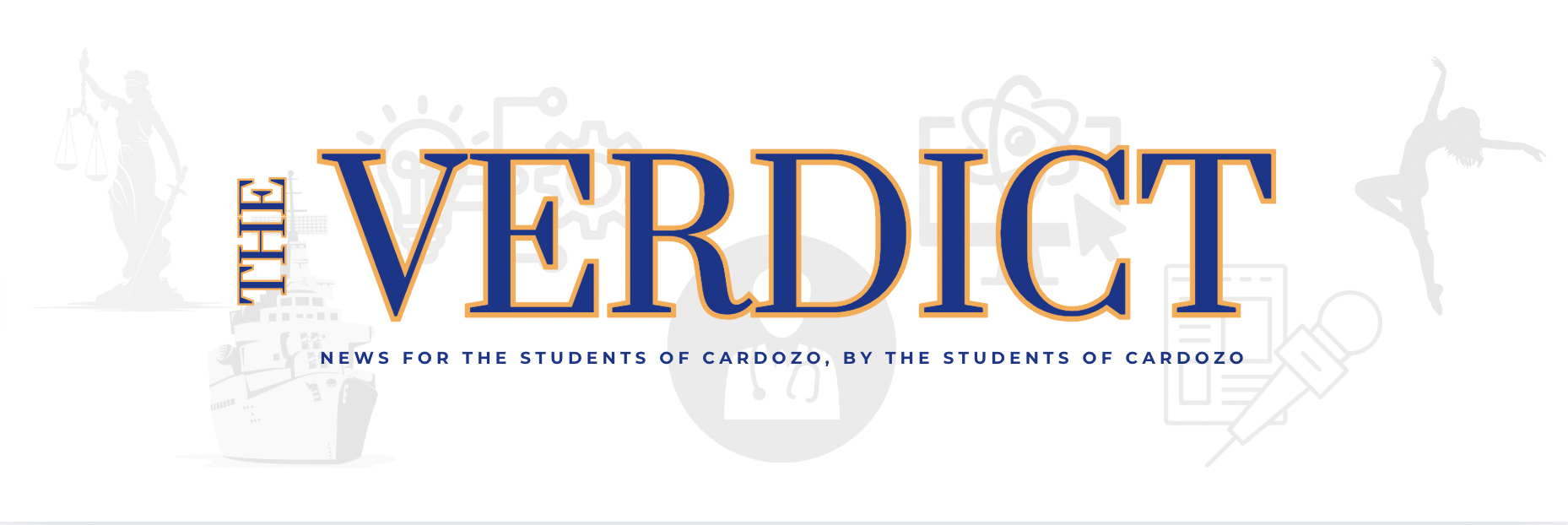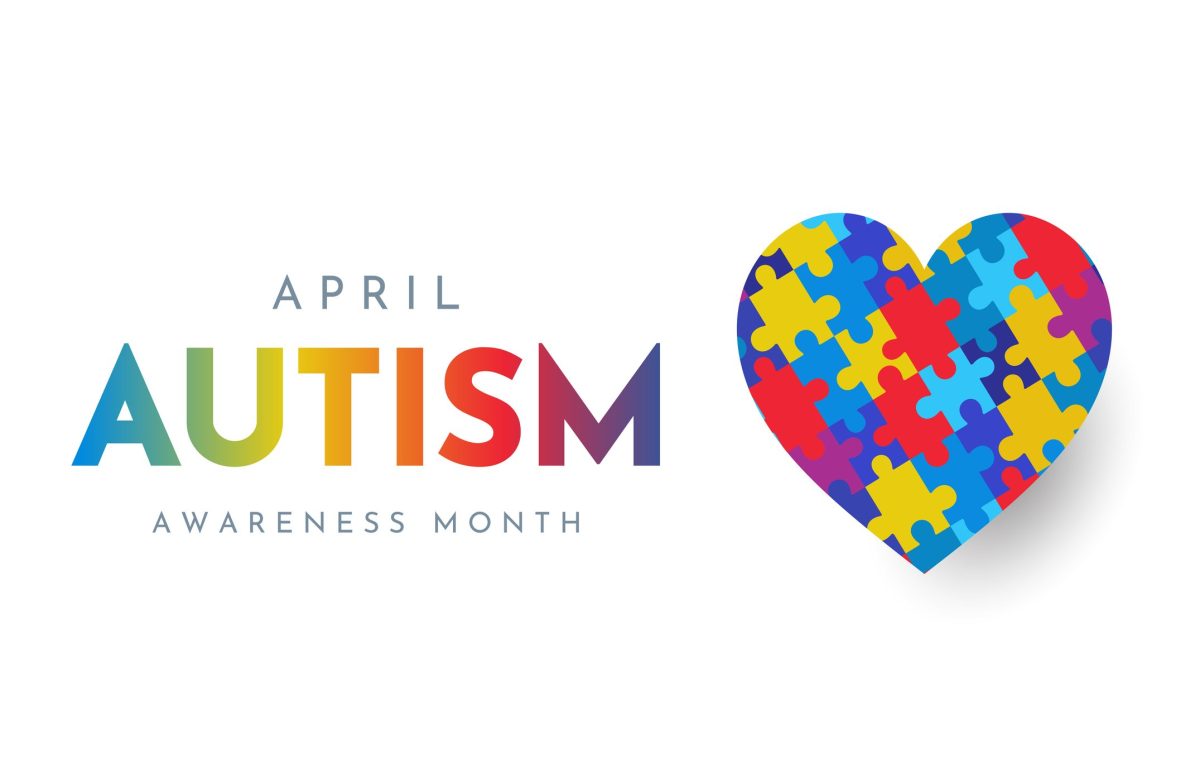Throughout the month of April, we recognize National Autism Acceptance Month, with April 2 being World Autism Awareness Day, to promote understanding and acceptance of people with autism spectrum disorder. It’s a day to champion the rights and well-being of individuals on the autism spectrum.
Ms. Korotki, Assistant Principal of Instructional Support Services at Cardozo honored the day by requesting that everyone wear blue in support for autism awareness. She also shared that the ISS department gave out out ribbons to staff and students to demonstrate their support and wear throughout the entire month of April.

What is Autism?
Autism is a complex developmental condition involving persistent challenges with social communication, restricted interests and repetitive behavior. It usually appears by age two or three. People with autism tend to have a tough time understanding what other people think and feel. They could have trouble communicating but be unusually good at art, music, math, or things that involve memory. Due to this, they tend to do exceptionally well on tests of analysis or problem solving.
Low-Functioning vs. High-Functioning Autism
Autism affects everyone differently. Some people have a challenging time with social, learning, or communication abilities. They may tend to need help with everyday tasks and in some cases they can’t live alone. This is referred to as low-functioning autism. Others tend to do well with school and have fewer problems communicating. This is known as high-functioning autism.
What Causes Autism?
Although the exact cause is unknown, research says it could stem from problems in parts of your brain that interpret sensory input and process language. It can happen to people of any race, ethnicity, or social background.
Autism runs in families, so certain combinations of genes may increase a person’s risk. Changes in more than 1,000 genes may be linked to autism. Genetic factors can affect someone’s risk of autism anywhere from 40 to 80%. A rare gene mutation or chromosome issue is likely to be the sole cause of about 2% to 4% of people with autism.
Different Autism Spectrum Classifications
One type of autism is Aspergers syndrome, those who have this condition tend to score the average or above average range on intelligence tests. But they may have challenges with social skills, and show a narrow scope of interests.
Another type is autistic disorder, which affects social interactions, communication, and play in children younger than three years old. Childhood disintegrative disorder typically allows at least two years of development and then more social and communicating skills are lost. Persuasive development disorder causes delays in social and communication skills.
It’s important to be aware of autism as it clears up stereotypes and misunderstandings. Not only that but it shows that you care. A little bit of care goes a long way.







